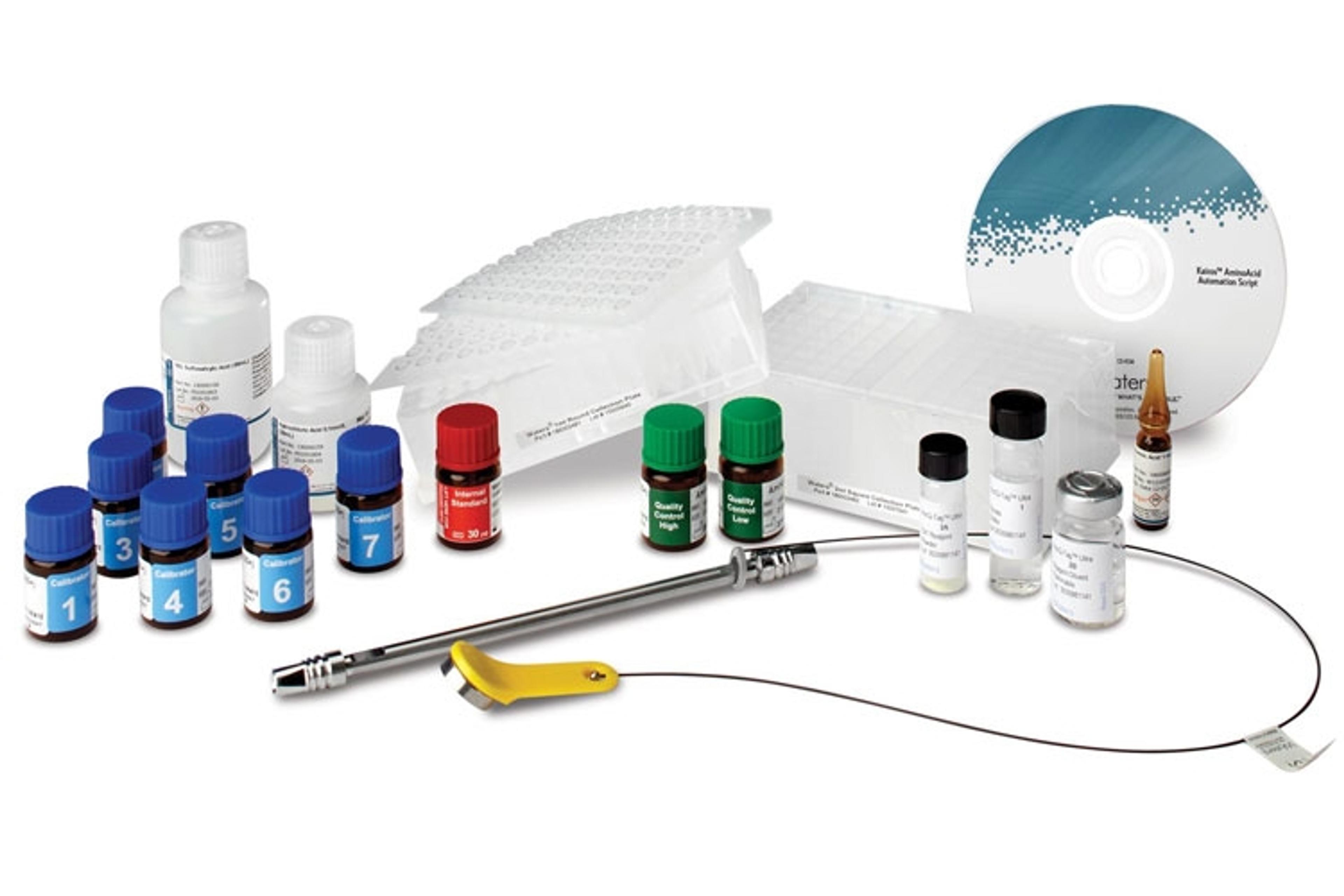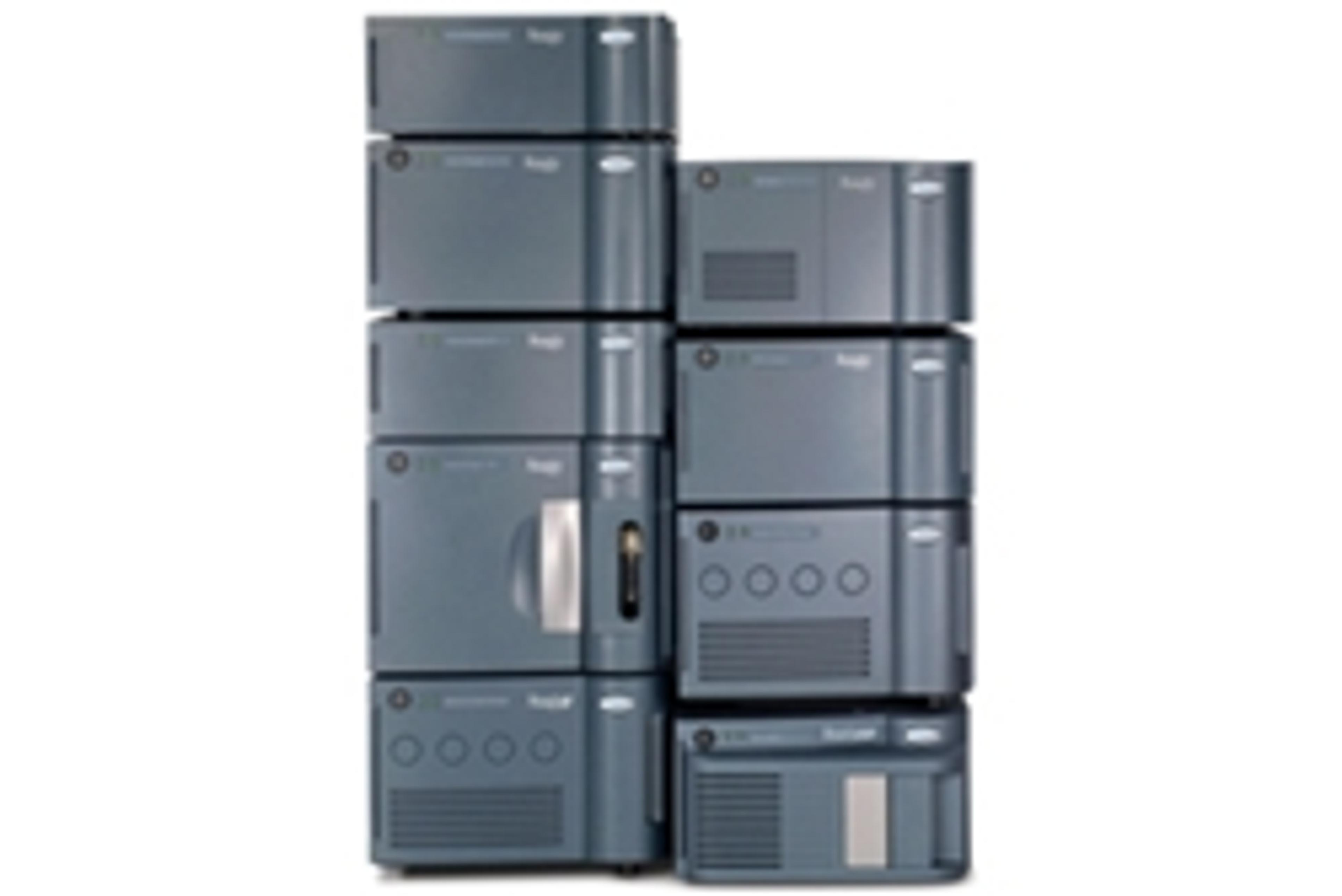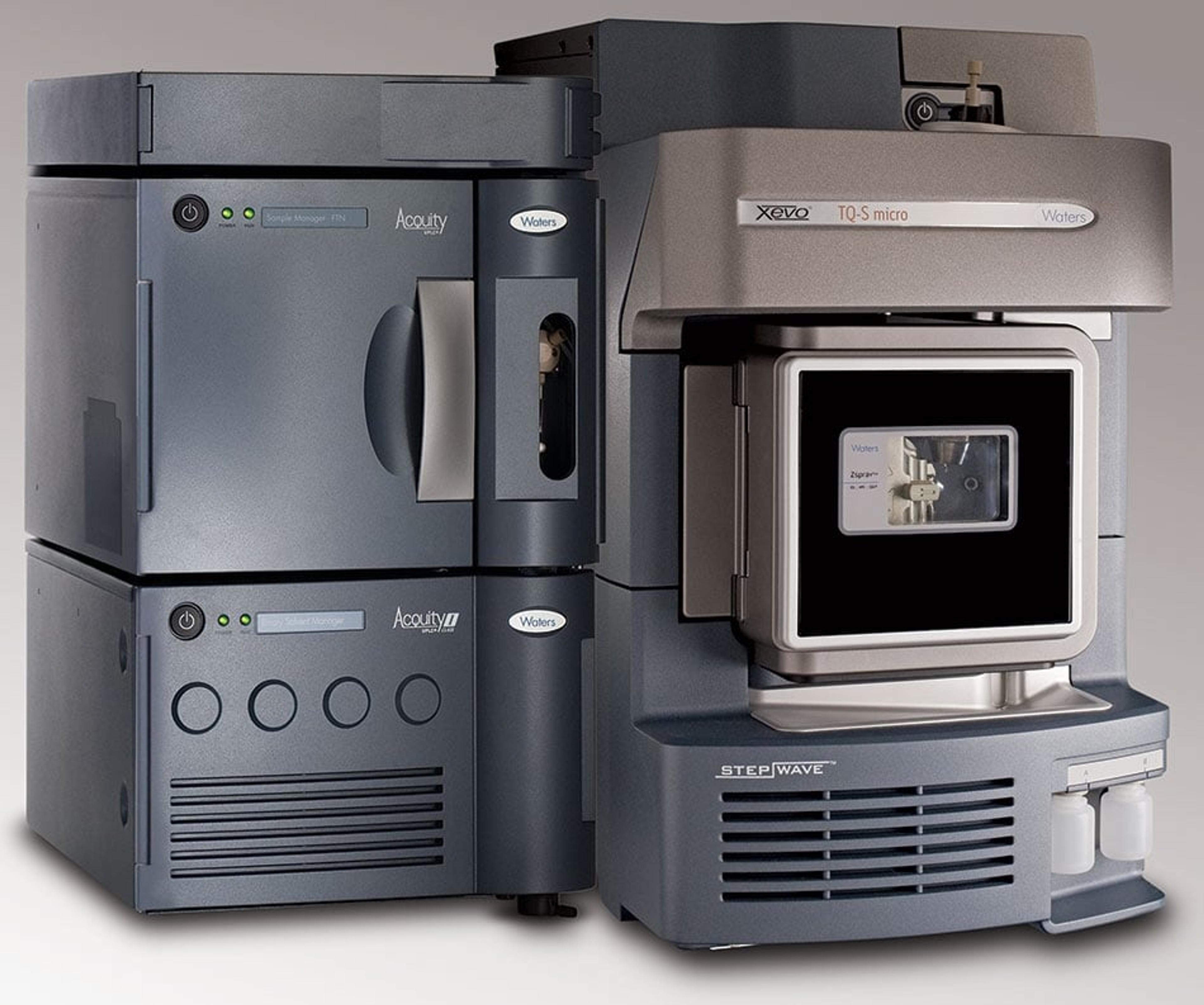How to Overcome Current Challenges in Amino Acid Analysis
Watch this on-demand expert webinar to learn about a revolutionary new LC-MS based amino acid analysis kit for physiological samples and get results fast
27 May 2019
Amino acids are small molecules that serve as fundamental building blocks in a cell, playing a vital role in a variety of physiological mechanisms. Accurate and precise quantitation is key to understanding and monitoring cell function, but amino acid analysis has historically raised many challenges.
In a SelectScience webinar now available on demand, expert Padhraic Rossiter from Waters Corporation presents a new LC-MS based amino acid analysis kit and explains how it can overcome many of these challenges to produce high-quality, repeatable and trusted results from physiological samples, in a high-throughput or low-throughput setting.
Think you could benefit from this webinar, but missed it? You can now watch it on demand at a time that suits you and also find the highlights from the Q&A session below.
Watch webinar on demand>>
Q: Can we use the 20 stable-labeled internal standards to quantitate the other 25 amino acids in the kit?
PR: Yes. We have the 20 internal standards that are direct matches with 20 of the essential and non-essential amino acids, and then the other 25 amino acids can be matched directly with ease, based on retention time proximity, and sensitivity. We’ve proven this through our verification work on the product. Care and use documentation recommends appropriate internal standardsfor the remaining 25 compounds..
Q: What is the stability of the calibrators once reconstituted?
PR: Once reconstituted, we have a 30-day stability on the calibrators, QCs, and the internal standard when stored in freezer. It's slightly less for glutamine, which gets about 15 days. The unreconstituted calibrators have a two-year shelf life.
Q: Why do we need to heat the derivatized sample for 10 minutes?
PR: The heating step in the last stage is specifically for tyrosine. As tyrosine reacts a little bit slower with the AccQ-Tag reagent, we need to speed this up to ensure that derivatization goes to completion and that there's a uniform derivatization across all the samples.
Q: Background amino acids can be a problem for sensitive methods. What precautions, if any, do you take to minimize background contamination of samples?
PR: We haven't seen much of this in the testing that we've done. We operate in the 2-5 µmol range, which would be the typical LLoQ of the compounds. But we do mention precautions in our care and use to minimize external contamination – specifically from serine, proline and hydroxyproline which can be come from perspiration, so avoid exposure by wearing standard PPE. Also, please follow standard lab practices, such as washing out your glassware . We recommend washing your glassware with0.1M HCl to eliminate any remaining amino acids.
Q: What is the total amount of amino compounds that can be derivatized per the protocol?
PR: We have 45 amino acids in our calibrators, going up to 1000µM, and then we have an extra 10 amino acids at 4,000µM. But if you do want to analyze more amino acids than that, the important thing is to work out the excess of your derivatization reagent. We recommend having a five-fold excess of AccQ-Tag reagent over the amines to be derivatized
Q: Given the difference in sample pH versus initial mobile pH, what's the maximum injection volume that can be used before peak shape is affected for early eluting amino compounds?
PR: For this assay, we worked on a 2 µl injection volume. We have also run 3 µl injection volumes. We haven’t seen any peak shape issues at those volumes.
Q: Does the kit contain glutamine and asparagine?
PR: Yes, the kit contains these amino acids. The care and use documentation is available on the website and contains the list of the 45 amino acids that are included in the calibrator set.
Q: With the Kairos kit, is it possible to separate leucine, isoleucine, and allo-isoleucine?
PR: Yes, we have separation on these peaks. There's about a 5 to 10% valley in the allo-isoleucine/leucine separation, but it's sufficient for the software to do automated integration and enables you to obtain repeatable quantitative result for all three compounds.



